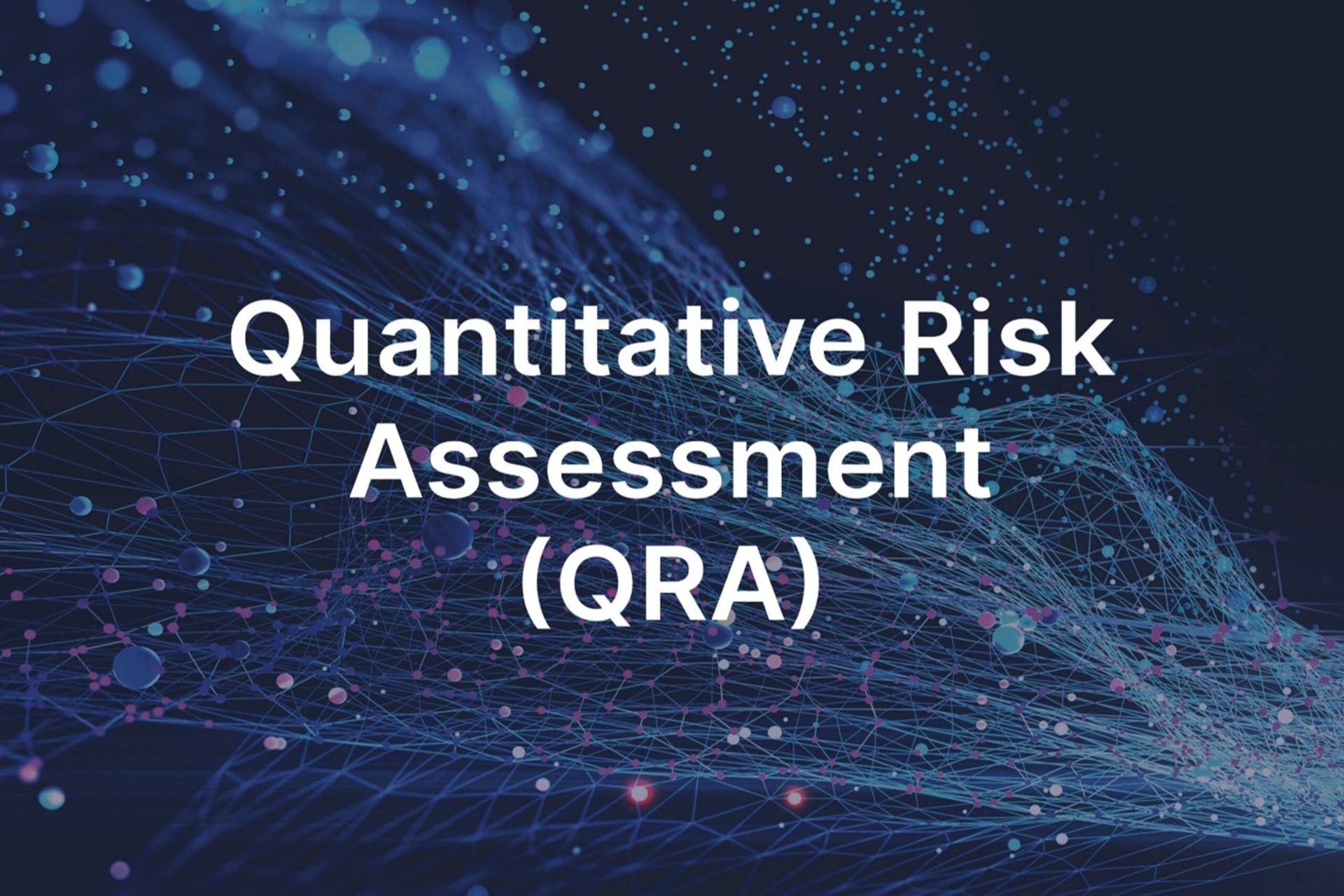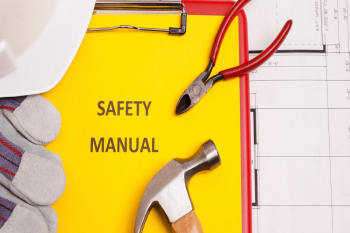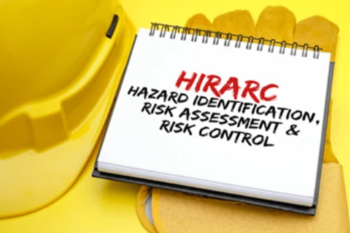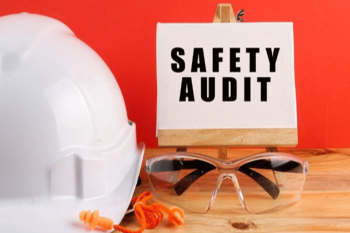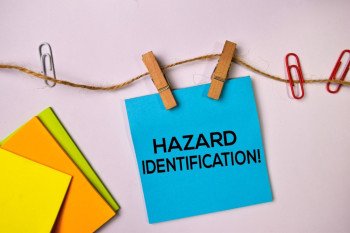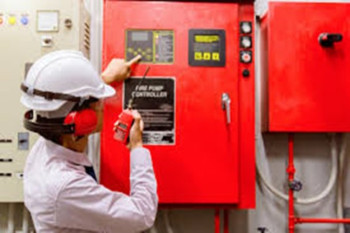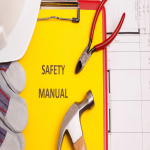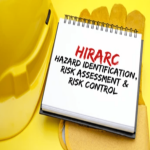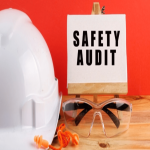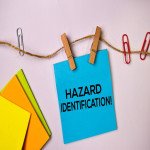FAQ-QUANTITATIVE RISK ASSESSMENT (QRA) STUDY
Q1. What is the Objective of QRA?
A1. The objective of QRA Study is as follows: -
QRA is a technique used to systematically calculate the risks from hazardous events. It involves predicting the size of consequences associated with a hazard, and the frequency at which a release of the hazard may be expected to occur. These aspects are then combined in order to obtain numerical values for risk – usually risk of fatality. QRA includes consideration of all identified hazardous events in order to quantify the overall risk levels. Similar hazardous events are often grouped and assessed together as bounding or representative events.
Q2. What reference is commonly used for QRA Study?
A2. The commonly used reference for QRA studies is as follows:
TNO Purple Book
Q3. Which software will be used for QRA Study guidelines?
A3. The software used for QRA is as follows:
PHAST V 8.2 & SAFETI V 8.2 FOR CONSEQUENCE AND RISK ESTIMATION or ALOHA.
Q4. What is the methodology for QRA Study?
A4. The methodology for QRA Study is as follows:
The QRA Study included the following steps:
Identification of Hazards (Fire / Explosion / uncontrolled release of Hazardous material/ Flash Fire / Jet Fire / Vapor Cloud Explosion · (VCE) Unconfined Vapor Cloud Explosion (UVCE), etc.)
Identification of Maximum Credible Accident (MCA) scenario.
Frequency Analysis using an internationally accepted database and Evaluation of the likelihood of occurrence of possible events.
Consequence modelling and analysis for the identified hazard covering impact on people and potential escalation by using PHAST (process hazard analysis software tool) Risk
Estimation of Individual Risk (IR) and Societal Risk (SR)
Recommendations.
Q5. What are the steps for the Pre-QRA Preparation?
A5. The steps for the Pre-QRA Preparation are as follows:
Gather Information
Assumption Register Preparation
Client Approval for Assumption register
Q6. What are the documents required for the QRA Study?
A6. The documents required for the QRA Study include the following:
1. Scope of work
2. Plot Plan/Layout (with scale)
3. Piping and Instrumentation Diagrams (P&IDs)
1. Piping general assembly drawings
2. Aerial snapshot of site (preferably high resolution) or Google Earth coordinates
3. Facility Description
4. Operating Manual
5. Heat & Mass balance Sheet
6. Process Description
7. Process Flow Diagram
8. Cause and Effect Diagram
9. Emergency Shutdown Philosophy
10. Population Details (Location and Number)
● Onsite Population
● Offsite Population (Public)
11. Site Meteorology
● Wind speed and direction
● Atmospheric stability conditions
12. Ignition sources
● Onsite and Offsite ignition sources
13. Other Information
● History of Past Accidents and near misses
● OLD QRA Report if any
● Old HAZID / HAZOP Report
Q7. What are the steps for QRA Study?
A7. Steps for QRA Study are as follows:
Q8. What are documents deliverables for QRA Study?
A8. The document deliverables for the QRA Study are as follows:
Executive Summary
Document Review
Submission of terms of reference
QRA Methodology
Risk Ranking Matrix
Assumption Register
Comments Resolving sheets
QRA Report
Isolatable Section Mark Up P&ID’s
Reference
List of tables
List of appendix
Q9. What are Fundamental Assumption for QRA Study?
A9. The Fundamental Assumption for the QRA Study are as follows
List of Assumptions taken are provided in Assumption Register
In a Quantitative Risk Assessment (QRA) study, several fundamental assumptions underpin the analysis. These assumptions serve as the foundation for the methodologies used and help to simplify complex systems for analysis. Here are some common fundamental assumptions in QRA studies:
Steady State Conditions
Independence of Events
Homogeneous Population
Constant Failure Rates
Conservative Estimates
Constant Operating Conditions
Q10. What is Isolatable Sections?
A10. Meaning of Isolatable Sections in QRA is as follows:
In Quantitative Risk Assessment (QRA), "isolatable sections" typically refer to distinct segments or components of a system that can be separated or isolated for analysis. These sections are delineated based on functional, operational, or physical boundaries within the system. Isolating sections allows for a more focused analysis of risk factors, consequences, and mitigation measures.
Q11. What is Consequence Analysis?
A11. Consequence analysis in QRA means the following:
The following activities comprise the consequence analysis which is carried out for the project facility:
● Review of the P&ID’s to determine process streams;
● Identification of isolatable sections based on the location of Shutdown Valves;
● Review of the design basis to obtain the properties of the stream (e.g. pressure, temperature, composition and density) and
● Calculation of the inventory within the isolatable sections.
● Consequence modelling is conducted to evaluate the effect distances of the identified Loss of Containment (LOC) scenarios and their impact on people. This consequence analysis will be carried out using PHAST 6.7 software.
Q12. What is Frequency Analysis?
A12. Following is the meaning of Frequency Analysis in QRA:
Once the potential release scenarios are identified, the next stage is to estimate the failure frequencies (likelihood for the event to occur) based on international standard databases.
The frequency analysis will be performed as follows:
Identification of the base failure frequencies applicable to the product pipelines from the relevant international standard databases; The total failure frequencies will be derived from the combination of the time in use factor of the pipelines/tanks with the base failure frequency data.
Q13. What is difference between Risk Assessment and Risk Evaluation?
A13. Difference between Risk Assessment and Risk Evaluation is as follows:
Risk Assessment
Risk assessment will be undertaken to evaluate the risk associated with the project facilities. The consequence analysis results and failure frequencies will be combined using PHAST RISK 6.7 software. The risk shall be typically presented as Location Specific Individual Risk (LSIR) contours overlaid on a map and Individual Risk Per Annum (IRPA).
Risk Evaluation
It involves the evaluation of the individual risk results against the UK HSE Risk Acceptance Criteria to determine whether the risks are broadly acceptable, ALARP or unacceptable and to make some professional judgements about the significance of the risks.
Q14. What are different type of outcomes that are expected in QRA?
A14. Outcomes expected in QRA are as follows:
Jet Fire, Pool Fire, Vapour Cloud Explosion, Flash Fires, Boiling Liquid Expanding Vapour Explosion (BLEVE), Toxic Dispersion.
Q15. What is BLEVE?
A15. The definition of BLEVE is as follows:
A boiling liquid expanding vapor explosion (BLEVE) is an explosion caused by the rupture of a vessel containing a pressurized liquid that is or has reached a temperature sufficiently higher than its boiling point. Because the boiling point of a liquid rises with pressure, the contents of the pressurized vessel can remain a liquid as long as the vessel is intact. If the vessel's integrity is compromised, the loss of pressure drops the boiling point, which can cause the liquid to convert to gas expanding rapidly. BLEVEs are manifestations of explosive boiling.
Q16. What Is LSIR?
A16. The definition of LSIR is as follows:
Location Specific Individual Risk (LSIR) is a commonly used risk assessment tool and is defined as the frequency per year at which an individual, who stays unprotected for 24 hours per day and 365 days per year at specific location, is expected to sustain fatal harm due to exposure to hazards induced by the project facility. From the LSIR value, the Individual Risk Per Annum (IRPA) to the personnel based on their exposure within the project facility.
Q17. What is Societal Risk?
A17. The definition of Societal Risk is as follows:
Societal risk is defined as the relationship between the frequency and the number of people suffering a given level of harm from the realization of specified hazards. It is usually taken to refer to the risk of death, and usually expressed as a risk per year. In the same way as for individual risk, maximum tolerable and broadly acceptable criteria are set a upper and lower limits, where between these levels (termed the ALARP region) risks should be reduced wherever possible. Societal risk criteria are more judgmental, and therefore less well established, than those for individual risk. The general aim of such criteria is to balance the risk to population groups from a facility with the benefits that the group, or society as a whole, receive. The criteria, therefore, may vary according to the type and value of facility being assessed (where value is not necessarily defined in monetary terms) and the type of population that may be affected, as well as according to the country and regulatory authority.
Q18. What are risk Contours?
A18. The definition of Risk Contours in QRA is as follows:
The most common and oftentimes most useful items provided by a QRA are individual risk contours. Individual risk contours provide a graphical representation of the combination of consequence and probability around a facility. A risk contour is the locus of points that geographically describes the location of a specific risk level. This risk will be defined by a pre-determined type of harm (e.g., fatality) at a specific frequency (e.g., 1.0 x 10-6/year). The annual basis is a commonly used time frame and is convenient because most failure rate data is expressed in failures per year. For a chemical or petrochemical facility, risk contours are typically drawn for annual probability of fatal exposure to toxic gases, fire radiation, and explosion overpressure following one of many possible releases from process, storage, or transportation equipment.
Q19. What information does the executive summary of a QRA Report typically include?
A19. Executive Summary of QRA Report typically includes the following
The executive summary of a QRA (Quantitative Risk Assessment) Report provides a overview of the study's objectives, methodology, key findings, and recommendations.
It typically includes:
Introduction: Briefly outlines the purpose of the QRA study and the systems/processes analyzed.
Methodology: Describes the approach and the software used in the study
Key Findings: Summarizes the significant hazards identified during the study, along with their potential consequences.
Recommendations: Provides high-level recommendations for mitigating the identified hazards and improving the safety of the system and its impact on both on-site and off-site population.
Conclusion: Concludes with a summary of the overall importance of the study and any next steps.
Q20. What is the Comment Resolution Sheet Format?
A20. The meaning of Comment Resolution Sheet (CRS) is as follows:
A comment resolution sheet is a document used to track and address comments, feedback, or issues raised during a review process, audit, or evaluation.
DISCLAIMER
This Blog is provided solely for informational and educational purposes. It is advisable to verify all information presented and consult with appropriate experts or professionals before making any decisions or implementing any strategies based on the content of this blog. HSE Risk Management Services Pvt. Ltd. accept no liability for any actions taken or not taken based on the information provided herein.
